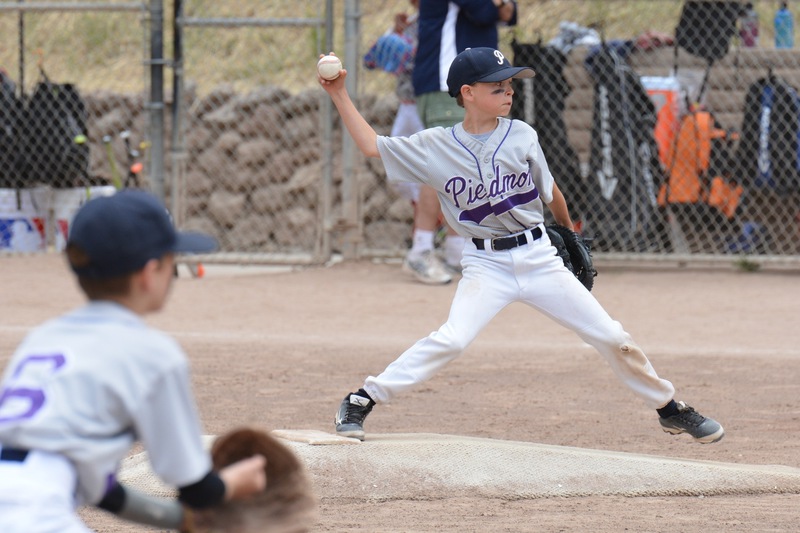
Comparison of Throwing Mechanics Between Little League and Professional Baseball Pitchers
This study provides crucial insights into the differences in throwing mechanics between Little League and professional baseball pitchers offering a foundation for enhanced injury prevention strategies. Understanding these mechanical variations is key to developing improved techniques and training methods that reduce the risk of baseball pitching injuries across all levels of play. By prioritizing proper mechanics and educating both players and coaches the likelihood of baseball pitching injuries can be significantly minimized, promoting healthier and more sustainable careers for athletes. Continued research and targeted training will be essential in advancing safety measures and optimizing performance for pitchers of all ages.
After four years of investigating major league baseball pitching mechanics and injuries, in association with Drs. Tom Noonan (the Clinic – Denver) and Tom Hackett, and the Colorado Rockies medical staff, we have focused efforts to understanding the mechanics behind the Little League pitchers’ throwing patterns and how these patterns contribute to their injury potential.
Clinically, the injuries seen in younger pitchers are much different from those observed in professional pitchers. This observation led us to believe that the pitching mechanics are most likely very different as well. Recently, the BRL has published several abstracts and papers that detail the pitching mechanics of Little Leaguers and, in conjunction with our professional pitching database, we are able to compare throwing patterns of developing young pitchers to successful mature pitchers. Although significant differences do exist, there are many more similarities.
For instance, the Little Leaguers only throw about 50-65 mph fastballs; but they execute the pitch sequence in a similar manner, with major differences from the pros being partly attributed to height, weight and physical strength.
So why are the injury patterns so different? This is most likely due to the physical strength and the skeletal maturity of the athletes. As we mature, the tissues become more rigid and able to withstand higher forces. An outcome of our research distinctly shows that young players (as early as 13 years old) need to have proper techniques taught to them as at this age these kids are already developing pitching mechanics that they will carry with them into adolescence. Also, the unique aspects of the developing skeleton in youth make their bodies more susceptible to a spectrum of injuries not commonly seen in adult pitchers. Although these injuries may be due to the musculoskeletal changes occurring during growth, they may also be, at least in part, due to pitching technique. Since the trunk (shoulders and hips) can be utilized to create enormous power and increased ball speed during the baseball pitch, it may be that the differences we observed in trunk motions between the youth and professional baseball pitchers also may help explain the differences in patterns of injury between these groups.
We investigated the rotations of the trunk during the pitch between youth and professional pitchers. The peak rotational velocities of both the upper trunk and pelvis were greater in youth baseball pitchers than in professional pitchers. Peak upper trunk rotational velocity was 2102 ± 324°/s in youth pitchers and 1193 ± 176°/s in professional pitchers. Our data support the observation that youth baseball pitchers control their trunk motion in a less efficient way than elite pitchers. Peak pelvis rotation velocity occurred near the time of stride foot contact in the professionals, while it occurred much later in the youth pitchers. Proper timing of pelvis and upper trunk rotation are necessary to effectively transfer energy from the trunk to the throwing arm. Therefore, increased trunk rotational velocity may be a compensation for improper timing of segment rotations or insufficient muscle strength in youth pitchers. Improper energy transfer from the trunk to the upper extremity may lead to the increased shoulder internal rotation and elbow extension velocities in youth pitchers compared to the professionals. Ongoing research in this area will focus on pitch counts, arm fatigue, and how these two factors can contribute to injury mechanisms in the youth thrower.
Understanding and reducing injuries in youth baseball is very important because there is an alarming national trend occurring in youth baseball where parents are bringing their children into the sports medicine clinic and inquiring about surgeries such as the Tommy John (a relatively common shoulder surgery performed on professional pitchers).

